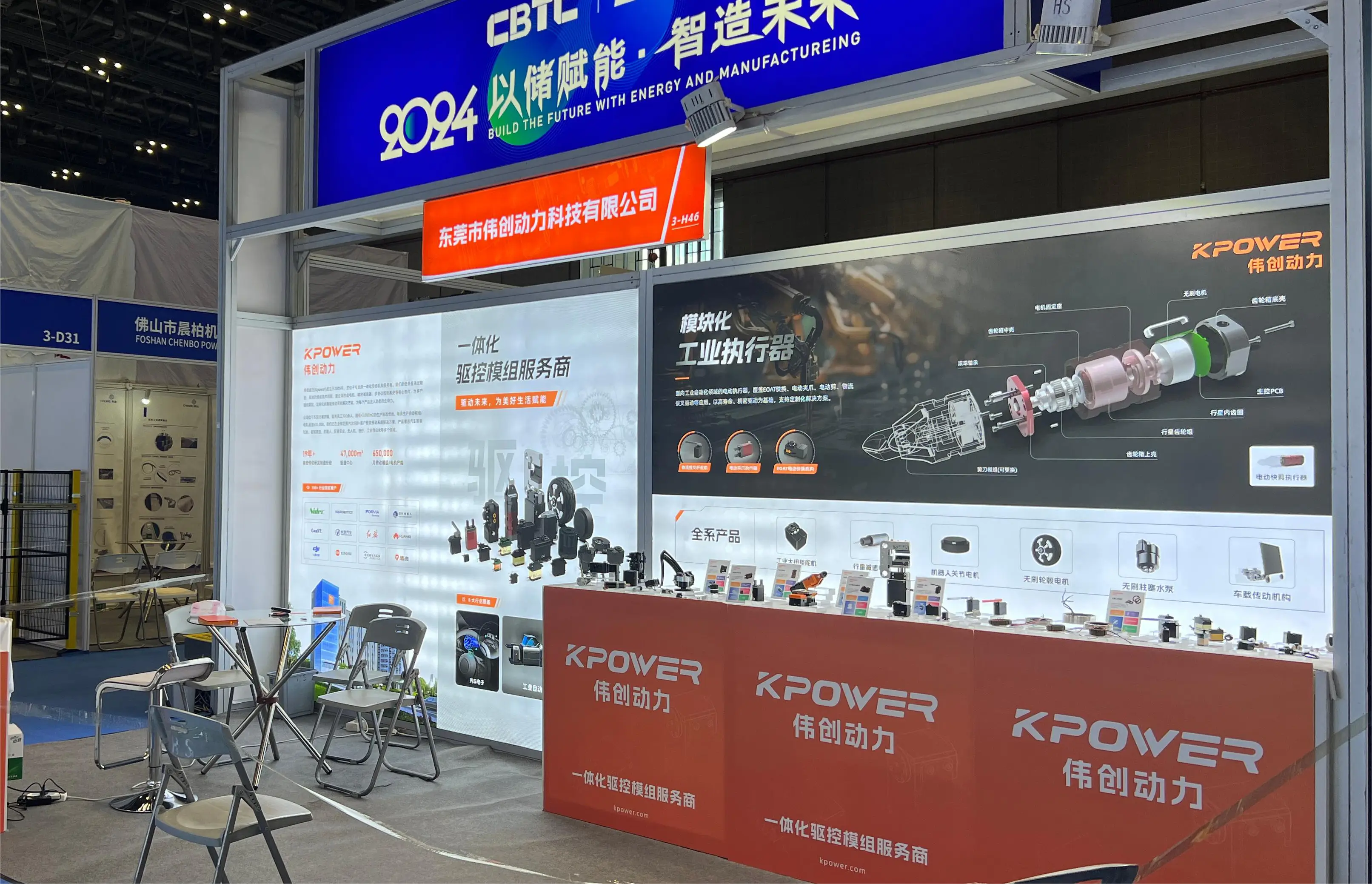In the realm of industrial automation and robotics, the importance of selecting the right motor cannot be overstated. Among the many options available, Brother gear motors have carved a niche for their reliability, efficiency, and precision. Whether you’re designing a robotic arm, an automated conveyor, or a small mechanical device, understanding the specifications of Brother gear motors is the key to unlocking their full potential.

At its core, a gear motor combines an electric motor with a gear reducer, transforming electrical energy into a controlled, power-driven mechanical output. The gear reducer plays a pivotal role by adjusting the motor’s speed and torque, making these motors highly adaptable for various applications. Brother gear motors are known for their compact design and ability to deliver significant torque at lower speeds, making them popular in both industrial and hobbyist settings.
Understanding Gear Motor Specifications
Before diving into specific models, it’s essential to grasp the main parameters that define a gear motor’s capabilities:
Torque: Torque measures the rotational force the motor can produce. For gear motors, the torque is often enhanced by the gear reduction, allowing for handling heavier loads or providing force in constrained spaces. High torque specifications are vital when moving objects with substantial weight or overcoming resistance.
Speed (RPM): Speed indicates how fast the motor’s output shaft rotates, measured in revolutions per minute (RPM). Typically, gear motors operate at lower RPMs than standard motors, owing to the gear reduction. The balance between torque and speed is crucial; applications demanding rapid movements may prioritize higher speeds, while heavy load handling leans on torque.
Gear Ratio: This ratio defines the relationship between the input and output speed and torque. For example, a 10:1 gear ratio means the motor's output shaft turns at 1/10th of the motor’s speed but with ten times the torque. Selecting an appropriate gear ratio is fundamental, as it influences both performance and energy efficiency.
Efficiency: Efficiency reflects how well the gear motor converts electrical energy into mechanical energy. High-efficiency motors reduce power consumption and heat generation, extending operational life and decreasing maintenance costs.
Voltage & Power Rating: This specifies the required electrical input and the motor’s power output, affecting compatibility with existing power supplies and the device's overall performance.
Size & Mounting Options: Design considerations often include the physical dimensions and mounting configurations. Compact motors allow integration into tight spaces, while standardized mounting patterns facilitate easy replacement and assembly.
Material & Durability Factors
A gear motor’s durability hinges not just on specifications but also on construction quality. Components such as gear material, bearings, and casing influence the motor’s lifespan and suitability for demanding conditions. Many Brother gear motors employ high-quality metal gears designed to withstand wear and tear over prolonged usage, making them excellent choices for continuous operation.
Application Considerations
Choosing the right Brother gear motor isn’t just about matching specifications. It’s also about understanding the specific needs of your project. For example:
If your application requires precise positioning and minimal backlash, look for motors with high gear ratios and low backlash gearsets. For high-torque applications like lifting or pushing, prioritize motors with greater torque ratings. In environments exposed to dust, moisture, or temperature fluctuations, select models with appropriate IP ratings and rugged construction.
Why Brother Gear Motors Stand Out
Unlike many generic brands, Brother has emphasized quality design, consistent performance, and ease of integration. Their gear motors are often customizable, allowing users to tailor specifications to fit niche needs without overpaying for unnecessary features. Additionally, they offer a broad range of models, from small, lightweight motors suitable for robotics projects to heavy-duty variants designed for industrial machinery.
Understanding the specification sheet
Most models come with detailed datasheets. Spending time to decode these can reveal insights such as starting torque, stall torque, rated load, and duty cycle. Comparing these parameters across different models can ensure you select the most efficient, reliable, and cost-effective product for your tasks.
In Essence
Mastering the specifications of Brother gear motors opens up a world of precise control, durability, and efficiency. Whether you’re optimizing an existing machine or designing a new device from scratch, knowing the nuances of torque, speed, gear ratio, and material makeup helps you make informed decisions that translate into better performance, longer lifespan, and ultimately, more successful projects.
Leveraging innovations in modular drive technology, Kpower integrates high-performance motors, precision reducers, and multi-protocol control systems to provide efficient and customized smart drive system solutions.




































